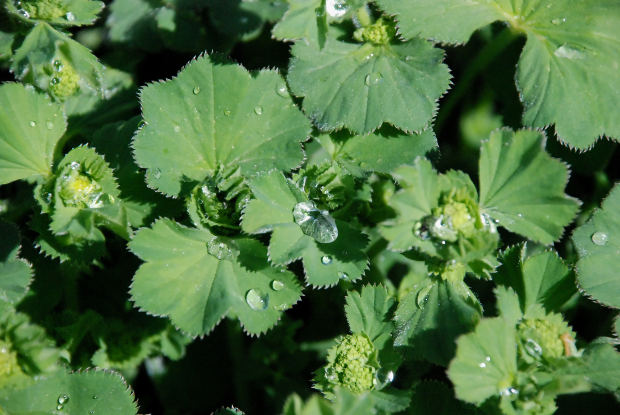
 Loading... Please wait...
Loading... Please wait...Save Money. Grow Your Own!
Fast Plain Box Shipping.
We ship to the US & Canada.
Posted on 4th Dec 2015
If you're a beginning grower, you may want to some tips in order to be able to look at your hydroponic plants and see what’s wrong with them. Growers can often get early warning signs of serious problems in the plant cycle by looking at the leaves of the plants. That's not to say that it's easy to diagnose various problems, because very different issues have some symptoms in common.

To start out, you can look at the general problems that you have and try to isolate conditions to see what might be wrong. First, you have all sorts of nutrient deficiencies that manifest in their own ways. For example, an iron deficiency results in something called “interveinal chlorotic mottling”-- luckily, the vocabulary around other types of deficiencies is less complex. Certain types of nutrient problems cause leaf tips to turn yellow or brown. However, this can also be signs of a dangerous bacteria called pythium that can be extremely harmful to plant cycles. Or it can be because the light is too close to the plants and burning leaf tips. There's also something called nutrient burn, where there's too much of certain elements in the mix.
Then you have leaves that are wilting. Why are they wilting? One common reason is high temperature. Too much heat will cause plants to wilt. Another condition is dryness. Suppose they're not getting the reservoir water that they're supposed to get. You might see plants perk up at night and wilt more during the day, which can help you isolate the problem.
Other types of symptoms can also clue you in that something is wrong with plants. For instance, growers point to the phenomena of seeing small yellow dots on plant leaves. That can be caused by spider mites or other pests.
The first thing is to identify the symptoms -- the next step is to work toward figuring out the problem. Look at temperature, humidity and pH value early on in the process. Evaluate the system to see if it is working right and whether malfunctions are having a bad effect on leaves. And then micromanage the formulation of the nutrients to make sure that it's not something in the chemical mix that's causing plants to look bad.
The problem is the need to do all of these things in conjunction with each other. It can be extremely frustrating. It's helpful to have all of the best resources in hand, including different types of manuals on growing, and tools that can help you quickly change conditions. One example is pH up and pH solutions that help you set the right pH for reservoir water. In many cases, frustrated growers end up flushing the reservoir system to ‘go back to zero’. At the outset, they can add some ph to make sure that clean water is in the right range.
For more on how to handle hydroponic plant cycles, keep an eye on Dealzer as we continue to chronicle the adventures of our grow community around the world.